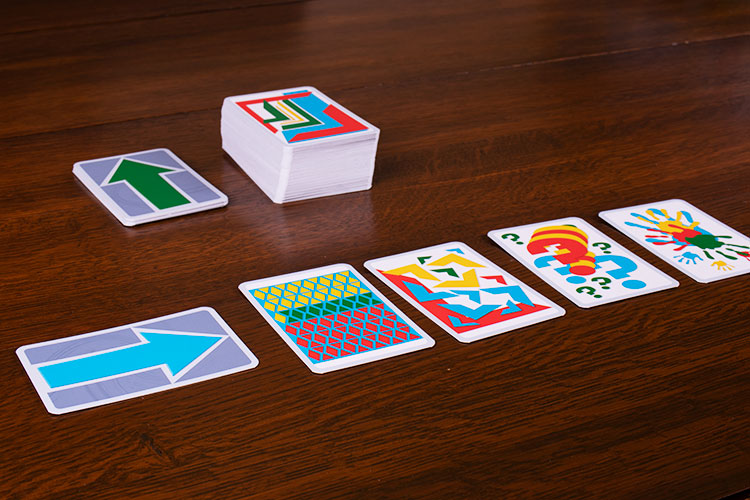

However, perceptual learning was shown to be specific to the orientation ( Ball & Sekuler, 1987 Fahle & Morgan, 1996 Grzeczkowski, Cretenoud, Herzog, & Mast, 2017 Schoups, Vogels, & Orban, 1995 Spang, Grimsen, Herzog, & Fahle, 2010), contrast ( Sowden, Rose, & Davies, 2002 Yu, Klein, & Levi, 2004), and motion direction ( Ball & Sekuler, 1982 Ball & Sekuler, 1987) of the trained stimulus. Video gamers may similarly be exposed to learning effects (see Shawn Green, Li, & Bavelier, 2010), resulting in substantial positive effects in both perceptual and cognitive skills (but see Ferguson, 2007). For example, participants improved performance when trained with a bisection stimulus, i.e., they were able to discriminate smaller offsets after training (e.g., Aberg & Herzog, 2009 Grzeczkowski, Clarke, Francis, Mast, & Herzog, 2017 Grzeczkowski, Cretenoud, Mast, & Herzog, 2019). Perceptual learning studies have often reported dramatic improvements in perceptual sensitivity. These studies were either intervention studies (e.g., Li et al., 2010), that is, participants were trained with a specific video game, or cross-sectional (e.g., Hutchinson & Stocks, 2013).

In addition, VGPs outperformed NVGPs in other perceptual skills, such as multiple object tracking ( Green & Bavelier, 2006), task-switching ( Shawn Green et al., 2012), spatial resolution ( Green & Bavelier, 2007), and contrast sensitivity ( Li, Polat, Makous, & Bavelier, 2009). Li, Polat, Scalzo, and Bavelier (2010) trained participants with video games to establish the causal effect of action gaming on temporal dynamics and observed reduced backward masking performance (i.e., reduced threshold elevation in a masked contrast detection task) in video game players (VGPs) compared to NVGPs. Likewise, AVGPs were observed to have improved perceptual speed ( Dye, Green, & Bavelier, 2009) in the Test of Variables of Attention compared to NVGPs, whereas the speed-accuracy tradeoff was similar in both groups. This suggests that AVGPs are better at global motion detection. For example, Hutchinson and Stocks (2013) observed that action video game (i.e., a subset of video games, which rely on physical challenges such as hand-eye coordination and reaction time) players (AVGPs) performed better in a random-dot kinematograms task compared to non-video game players (NVGPs). It has been suggested that playing video games is associated with better performance in these basic perceptual abilities (for reviews, see Bavelier, Shawn Green, Pouget, & Schrater, 2012 Bediou, Adams, Mayer, Tipton, Shawn Green, & Bavelier, 2018 Boot, Blakely, & Simons, 2011 Chopin, Bediou, & Bavelier, 2019). Basic visual skills, such as contrast detection and orientation discrimination, are the building blocks for visual processing.


 0 kommentar(er)
0 kommentar(er)
